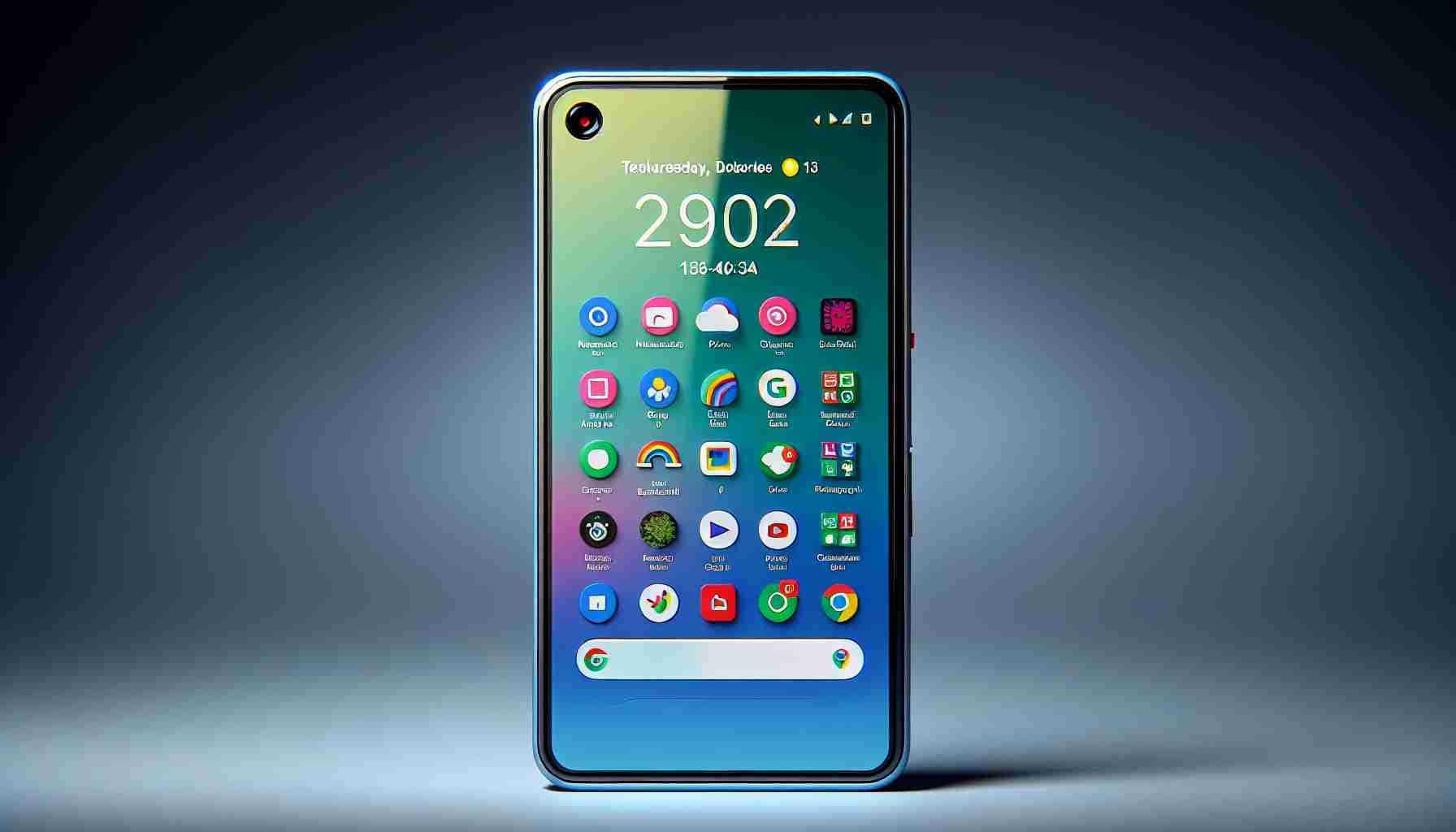Google Pixel 8a Strikes a Balance between Affordability and Longevity
Google’s most recent addition to its smartphone line, the Pixel 8a, offers an attractive entry point to the Pixel family. Priced at an accessible $499, it aligns with its predecessor’s value, yet surprising users with significant upgrades. The Pixel 8a combines quality features, such as an AI-based Magic Editor and Best Take option, a vivid 120Hz display, an increased storage capacity of 256GB, and a robust battery.
This device maintains its allure with a compelling proposition: it comes with a promise of seven years of software updates, mirroring the same commitment made for the higher-end Pixel 8 models. Users can expect consistent security updates and Android iterations through May 2031, extending up to Android 21.
Unprecedented Software Support Elevates User Experience
The longevity promised by extensive software support outshines the Pixel 7a, which is set to receive updates for a shorter span. Should the Pixel 8a endure physically as long as its software, which is likely given Google’s partnership with iFixit to ensure the availability of spare parts, it represents a savvy investment for consumers.
Cost-Effectiveness Amidst Rising Phone Prices
When assessing the price over the span of its software support, the Pixel 8a stands out as an economical choice. Even when factoring in potential repair costs, due to the anticipated availability of spare parts, the overall expenditure remains a bargain compared to frequent phone replacements.
While long-term durability is a factor still to be tested, initial impressions of the Google Pixel 8a’s upgraded features and steadfast software commitment are favorable. It represents not just a phone for the present, but a wise choice for years to come.
Importance of Sustainability in Technology
For environmentally-conscious consumers, the Google Pixel 8a’s sustainability efforts are a key attraction. The smartphone industry is a significant contributor to electronic waste and carbon emissions. Google’s commitment to providing seven years of software updates not only extends the life of the device but also reduces the environmental impact by mitigating the need for frequent replacements. The collaboration with iFixit is another step towards sustainability, making the device more repairable and lessening the waste created by discarded phones.
It’s important to note that Google has previously made efforts in sustainability, with the use of recycled materials in their devices and commitments to carbon neutrality. The Pixel 8a’s design and policies build upon these environmentally-friendly initiatives, appealing to users who prioritize green tech solutions.
Key Questions and Answers
– What makes the Google Pixel 8a a sustainable choice?
The Pixel 8a offers long-term software support and a partnership with iFixit for accessible spare parts, both of which contribute to a longer device lifespan and a reduction in e-waste.
– How does the Pixel 8a compare to its competitors in terms of updates?
The seven years of software updates promised for the Pixel 8a is unprecedented in the mid-range smartphone market, surpassing the support timeframe of many competitors.
Challenges and Controversies
A key challenge for the Pixel 8a will be whether its hardware can withstand the test of time to match the software longevity. There is also the issue of whether the components will remain available through iFixit for the entire seven-year span. Controversies may arise if Google fails to meet its promised update timeline or if newer software updates do not maintain optimal performance on older hardware, a common challenge in the tech industry.
Advantages and Disadvantages
Pros include the Pixel 8a’s attractive price point, the long-term software updates, the increased storage capacity, and the vibrant display. Its repairability and sustainable approach may also reduce long-term costs and environmental impact.
On the downside, the hardware may not last as long as the software support, potentially leading to performance issues as the technology ages. Additionally, the mid-range hardware might start to feel outdated before the end of the support cycle, even as the software remains current.
For more information on Google’s sustainability practices and initiatives, you may want to visit the main Google domain at Google. For details on their products and ecosystems, the main Google Store domain is another resource at Google Store.
